Constable: The Making of a Master at the V&A
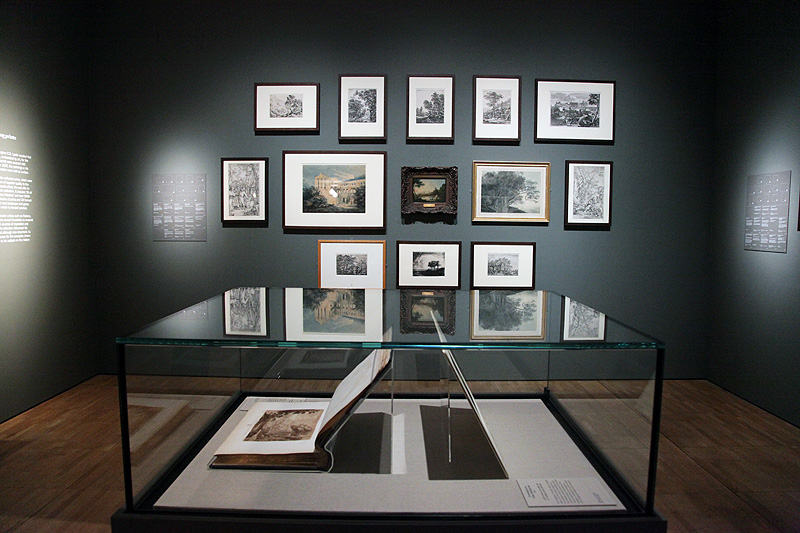
As one of England’s best-known and most valued painters, Constable is bound to have many admirers. Already recognised 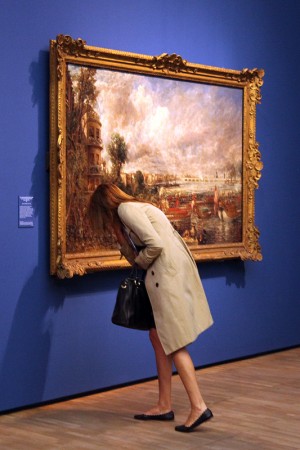 as a master during his lifetime, his work certainly remains important, but to those of us who are not fans, this exhibition confirms what many have long suspected but have perhaps been too coy to admit: Constable is boring.
as a master during his lifetime, his work certainly remains important, but to those of us who are not fans, this exhibition confirms what many have long suspected but have perhaps been too coy to admit: Constable is boring.
Born to a wealthy countryside family, he took up painting as a “gentlemanly pursuit”, and after being persuaded of his talent, joined the Royal Academy Schools to become a professional painter. Happily married, he managed to earn his living through painting until his death in 1837. (It is no surprise that cinematic treatment has been reserved for his contemporary and great rival, JMW Turner). His art, unfortunately, is no more exciting, depicting picturesque but placid Suffolk landscapes with superb technique and a spectacular void of emotion. As re-creations they are spot-on, but they lack the philosophy that drove his peers in the heyday of European Romanticism. They are neither idealistic nor pessimistic; there is no ambiguity or suggestion, just a depiction of life around him, coloured by only the subtlest tint of nostalgia.
In the right context, such nostalgia could be exposed and explained, which would no doubt impart some further appreciation of Constable’s painting, but this exhibition instead highlights his tepidity. Focusing on reassessing conceptions of the artist, the V&A’s main argument is that Constable was not the pure, “natural painter” as he has traditionally been portrayed, but instead a formal technician who refined his skill through the intense study and copying of Old Masters. With rooms dedicated to his collection of prints, imitations of other paintings and engravings of his own work, the exhibition is dull and academic – certain to stimulate his admirers, but tedious to anyone else.
The show’s saving grace comes from the inclusion of the full-size preliminary oil sketches of the works he is most famous for. His sketch of The Hay Wain is rough and energetic, radiating a far greater sense of mood than its agreeable but anaemic final product; its coarse brush strokes and hazy outlines reveal the true feelings of the English countryside absent from the perfected, visually realistic scene hanging next to it.
Timothy Sheridan
Photos: Rosie Yang
Constable: The Making of a Master is at the V&A Museum until 11th January 2015, for further information visit here.



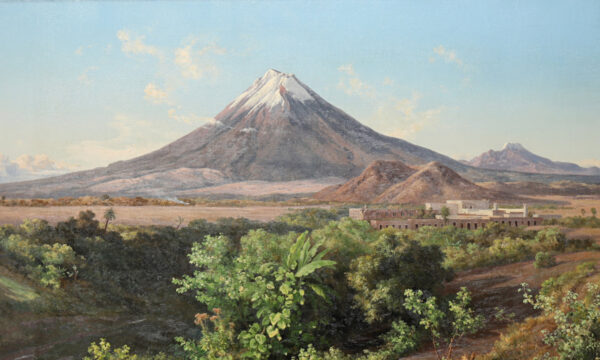
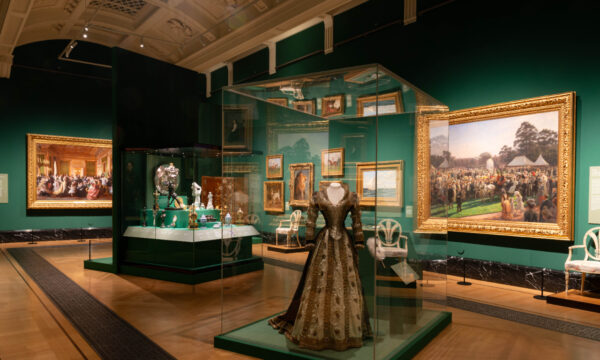
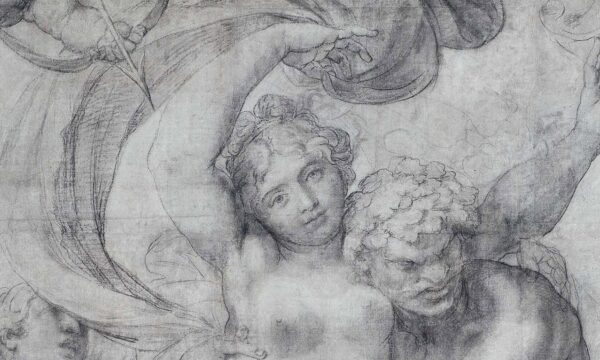
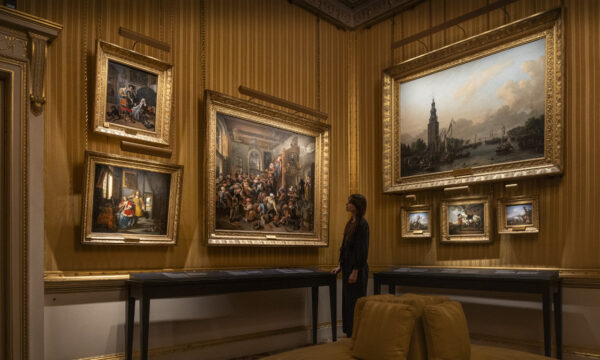
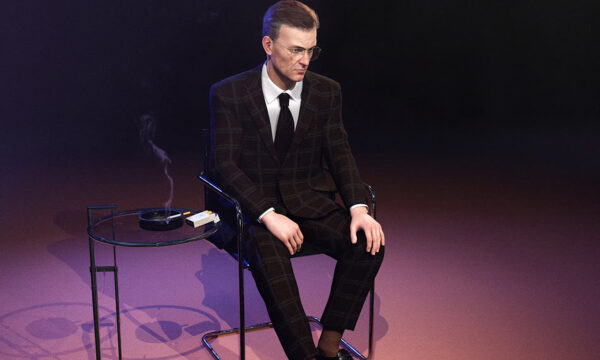

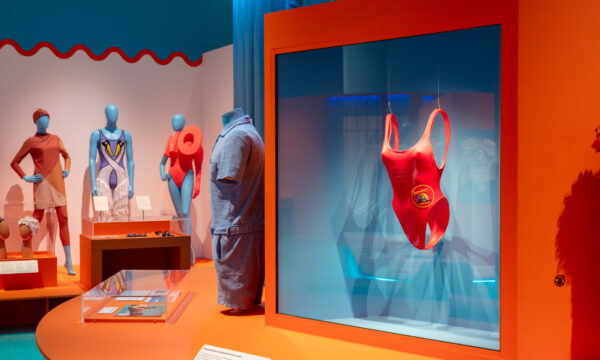
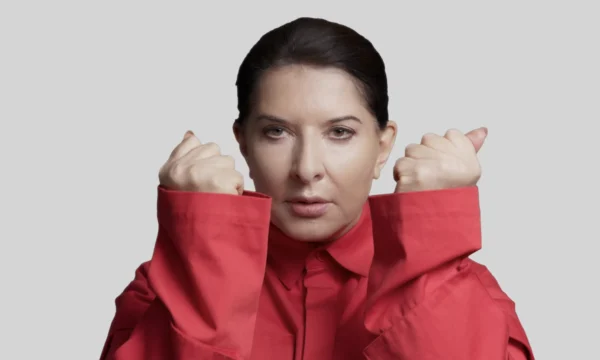





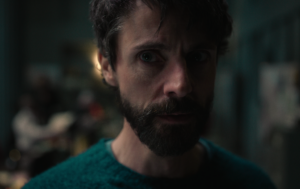
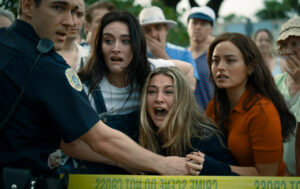
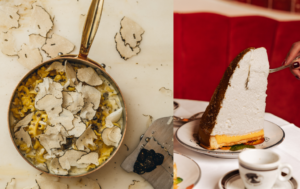







Facebook
Twitter
Instagram
YouTube
RSS